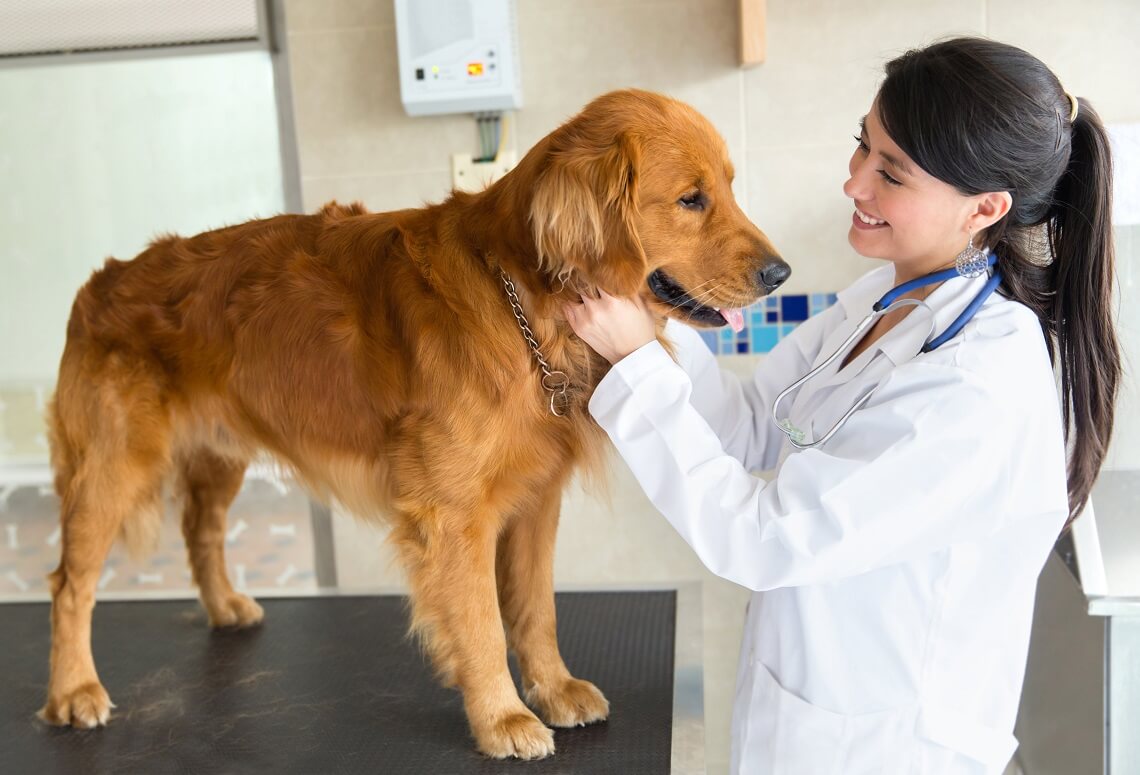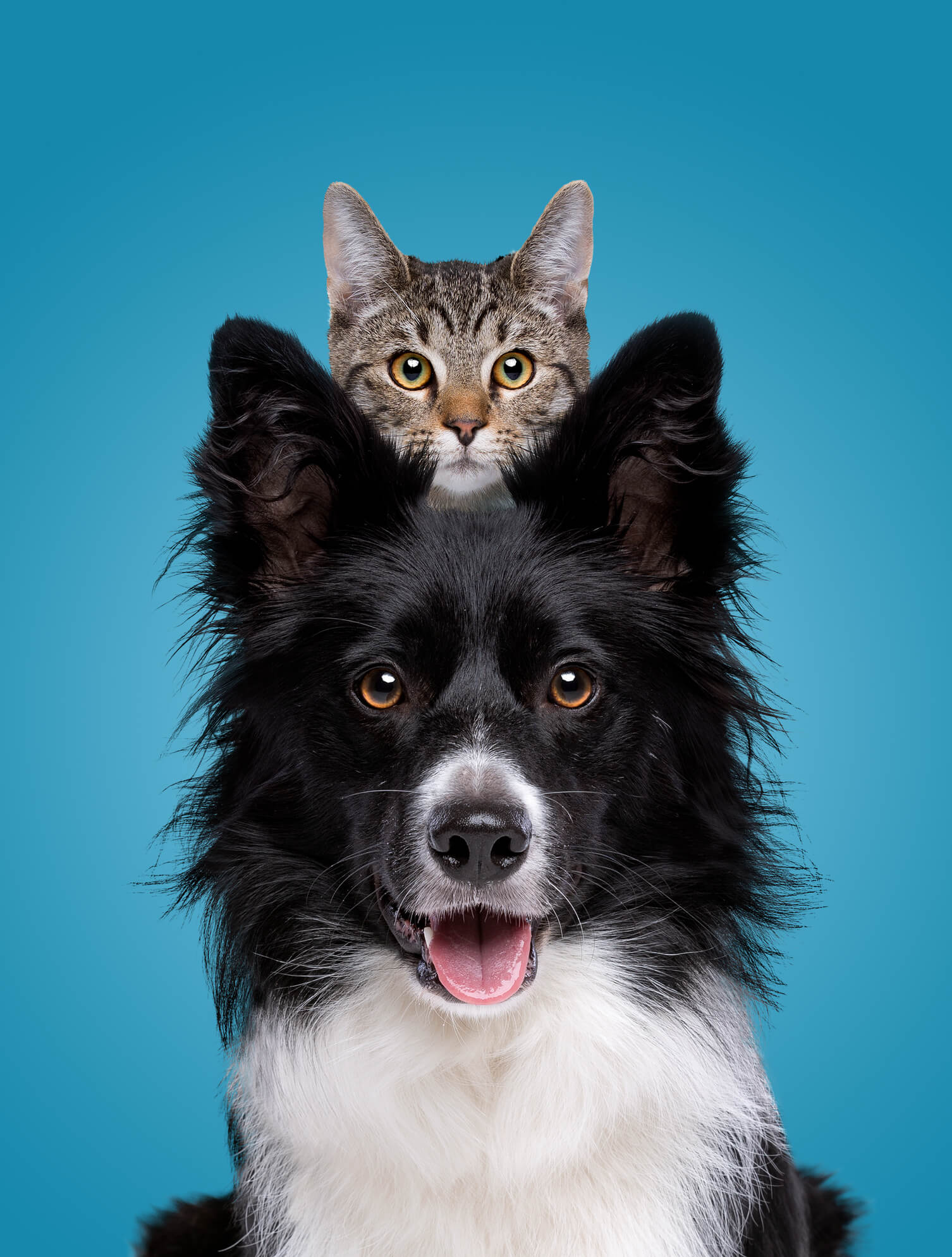“We are what we eat”. This statement applies to us humans, but also to our animals.
Nutrition is of fundamental importance in the prevention of diseases in dogs and cats.
In fact, with the right diet:
– There will be no dermatological problems (such as dandruff or skin allergies)
– Our animals will have more energy, females will have less problems during gestation and lactation.
– In general, the immune system will be stronger and therefore more capable of defending itself from viruses, bacteria and less predisposed to developing degenerative diseases.
But what is necessary to know about the feeding of our animals? Let’s analyze the fundamental treasures, necessary to ensure proper nutrition for our friends
Dogs and cats are carnivores:
unlike us humans, who are omnivores, our 4-legged friends are carnivores. In fact, their gastro-enteric system is characterized by: a stomach which has a more acid pH than ours and a shorter intestine with less development of the cecum. For these reasons, dogs and cats can tolerate raw foods better than us, but at the same time they digest foods rich in fiber, such as vegetables and fruit (products which, on the other hand, must be abundantly present in the diet of herbivores).
They need a high-protein diet:
dogs and cats have evolved as predators, so they need a diet with a high percentage of protein and a low carbohydrate content (especially the cat which is a “strict carnivore”). In fact, an excess of the latter can lead to various health problems, such as: intestinal pathologies, allergies, diabetes, obesity and also to a consequent stress on the immune system, thus opening the doors to neoplastic diseases.
Quality is key:
In addition to the amount of protein that should be present in the diet of dogs and cats, we must also consider its quality. We prefer foods prepared without adding additives and appetizers and, above all, with organic meats, using the noblest parts of the carcass (eg breast or thigh in the case of poultry) and avoiding using the parts that are defined as “derivatives” such as: legs, beak, skin, feathers and bones. The cooking method is also very important, it is preferable to use steam cooking, grilling or even boiling, as long as these do not take place at high temperatures such as to alter the quality of the meat itself.
Dr. Valentina Cangiamila Veterinarian Graduated from the University of Pisa, animal nutrition consultant.



